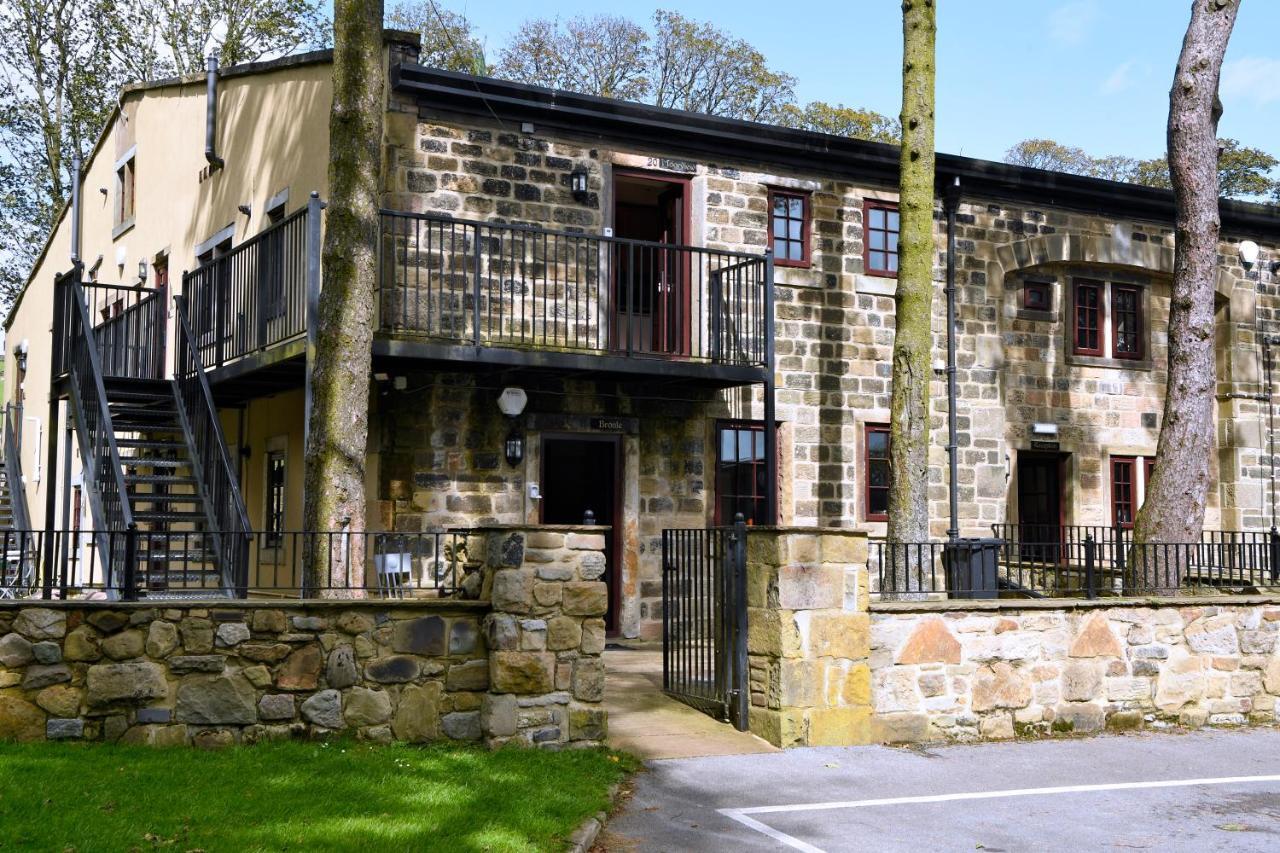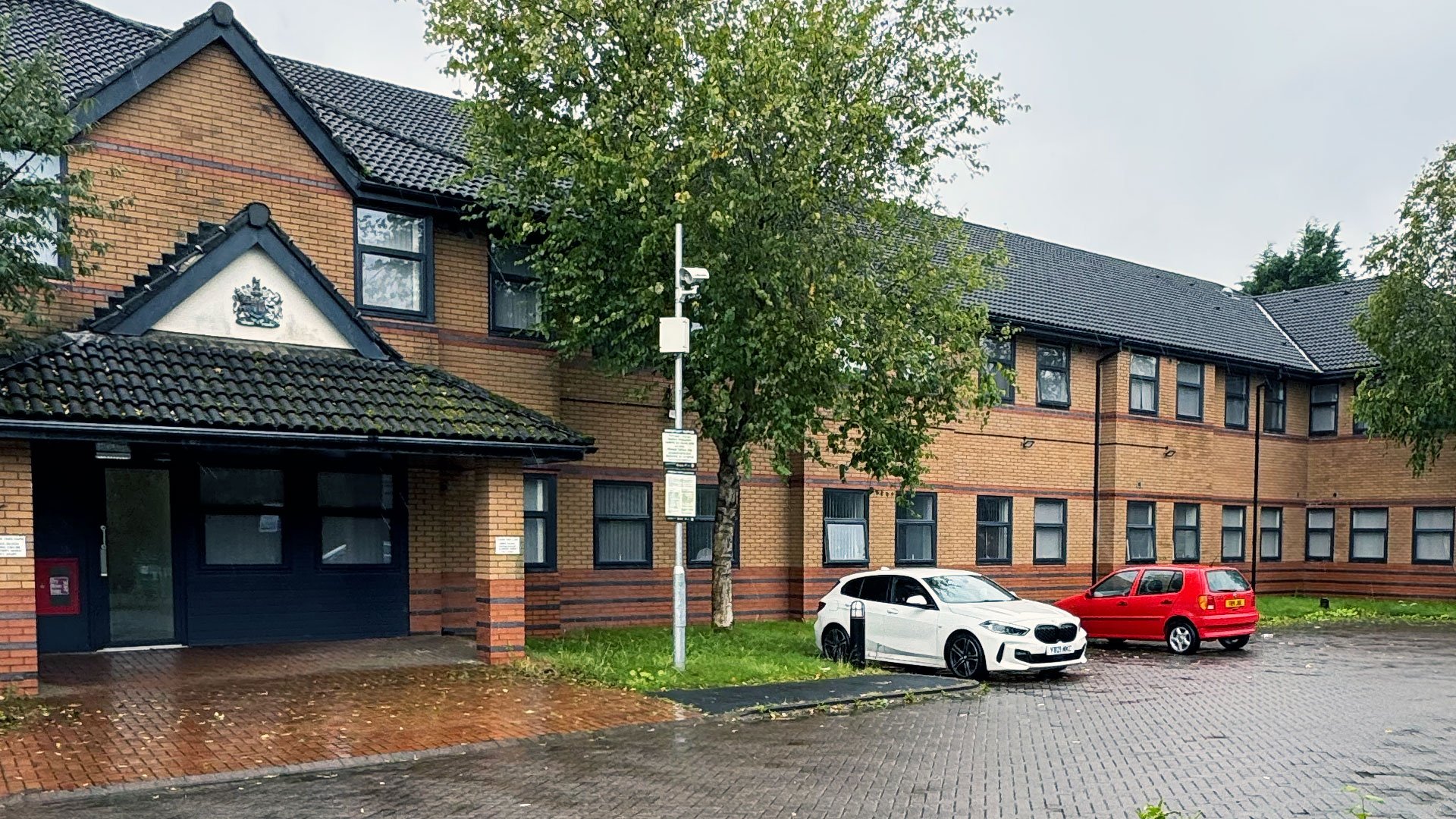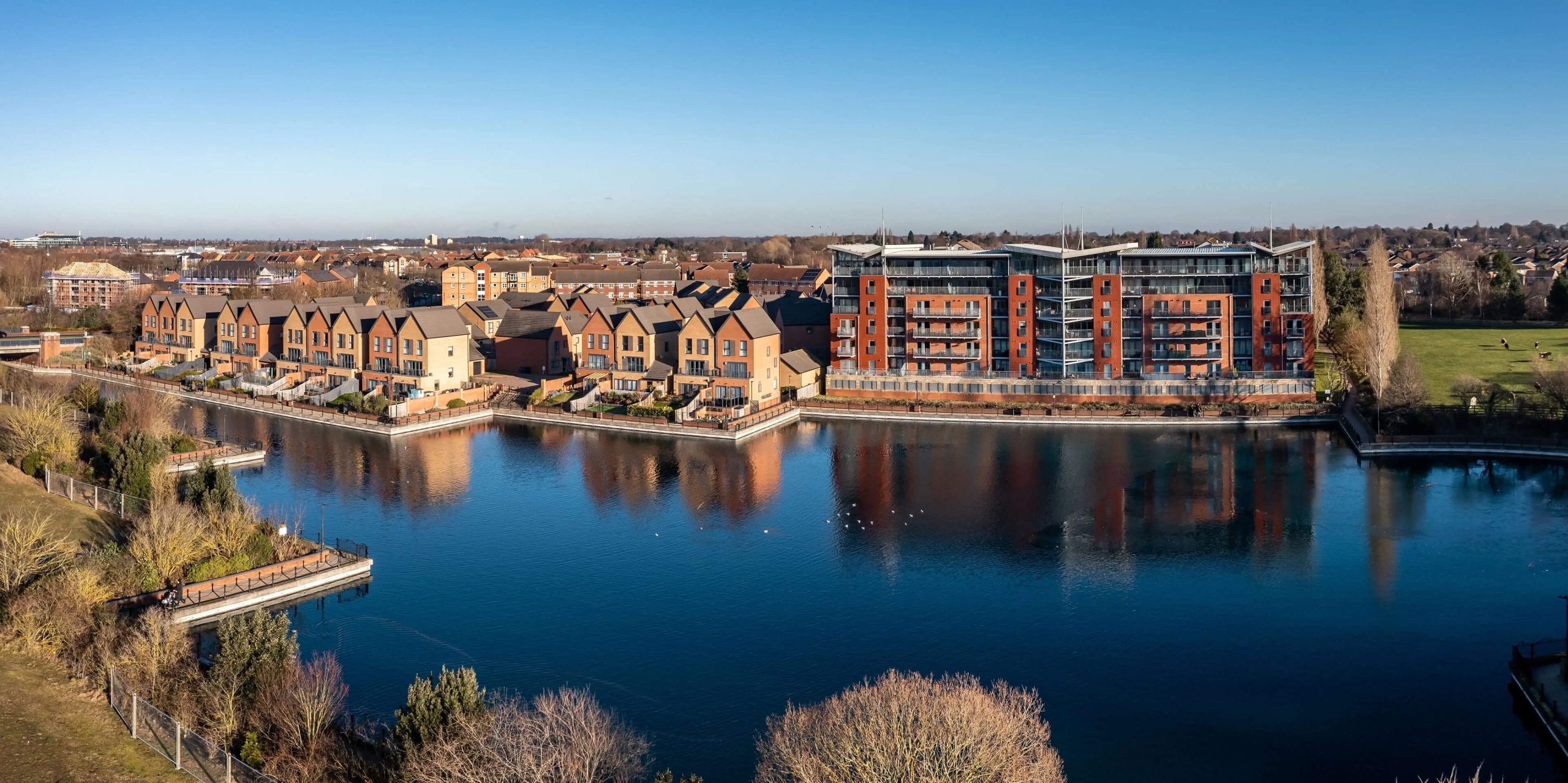How to Build a Property Portfolio
What is a Property Portfolio?
A property portfolio refers to a collection of properties that are owned by an individual, company or organisation as a means to generate income through rental income and/or capital gains as the properties appreciate in value over time.
A property portfolio can include residential properties such as houses and apartments, student properties like HMOs or purpose-built student accommodation, commercial properties such as offices and retail spaces as well as more niche investments such as supported living housing and holiday lodges. The properties within a property portfolio can be owned outright or financed through mortgages or other forms of debt.
Why do Investors Build a Buy-to-Let Portfolio?
Making the decision to build a property portfolio can feel very daunting, but it is one of the most rewarding investment classes available. The UK property market has consistently over-performed in recent years with house prices rising dramatically, and the average UK monthly rent consistently reaching over £1,000. It’s clear that now is a great time to invest in UK property. If you would like to capitalise on the success of the UK property market, follow our simple steps on how to successfully build a property portfolio.

Current property investment opportunities
Hutton Avenue
Price from
£130,000
Property type
Assisted Living
Location
Hartlepool
Investment Highlight
Moor Vale
Price from
£130,000
Property type
Assisted Living
Location
Keighley
Investment Highlight
Chaucers Walk
Price from
£144,440
Property type
Assisted Living
Location
Blackburn
Investment Highlight
Vivere Residences
Price from
£240,000
Property type
Residential
Location
Manchester
Investment Highlight
Ashworth House
Price from
£159,000
Property type
Assisted Living
Location
Burnley
Investment Highlight
Humphry Davy House
Price from
£182,000
Property type
Assisted Living
Location
Mexborough
Investment Highlight

How to Start a Property Portfolio
1. Research and Planning
Before you begin building a property portfolio you need to do some thorough research to clearly plan out your property investment strategy. You will need to research; what areas have high rental demand, where to invest to get the best returns when it comes to rental income, what is the average rental yield for this kind of property; what kind of tenants you would want and how you would manage your properties – whether you manage them yourself or you enlist a management company.
If you’re purchasing an off-plan property, you will need to learn about the procedures and risks that come with buying a property before it is built to ensure that you’re in a position to make that type of investment.
If you’re abroad and you’re looking to start your portfolio in the UK, you will also need to familiarise yourself with UK taxes and legislation when it comes to buying property. A lack of research could mean that you won’t get the most out of your property portfolio, so it’s vital that you do your research properly before viewing any properties.
Timing plays a critical role in property investment. While it’s impossible to predict every market fluctuation, understanding local and national trends can help you make informed decisions. Planning a strategy that considers both short-term and long-term market conditions ensures you are prepared to adapt.
2. Financing your investment property portfolio
Getting your finances in order is a vital step when building a property portfolio. You need to consider your budget and how you will go about financing your properties – whether you’ll need a mortgage or you’ll purchase your properties in cash. The amount of capital you will need to start will vary according to the type of property you have in mind and what you will use to fund the property, for example, you will have a lower entry cost if you use a mortgage compared to a cash purchase.
You will also need some kind of emergency buffer for maintenance costs, void periods and any other unforeseen situations that you will experience as a property investor.
3. Listen to Advisors
Listening to experienced investors, property advisors, or letting agents can help you avoid costly mistakes. Leveraging the insights of those who have already built successful portfolios provides a valuable foundation for your own strategy.

4. Deciding on your type of property investment
There are a wide variety of properties you can purchase to build your buy-to-let portfolio. What type of investment property you go for largely depends on what kind of tenant you want to attract, and what your budget is.
Freehold houses are ideal if you want to attract families, but the entry prices are usually higher and you will have to maintain the property yourself or through an agent. If you’re looking to attract young professionals and students, then apartments will be a better option – they have a lower entry price and are managed for you, however, there are additional costs such as ground rent and maintenance fees. Despite these additional costs, the extreme rental demand for this type of rental property tends to result in a strong rental yield.
One of the advantages of building a property portfolio is that you are not limited by your own location. Regional areas, in particular, offer some of the best returns on investment due to lower property prices combined with rising demand. Regional investment opportunities allow you to build a solid foundation for future growth.
As a first-time investor, it might be advisable to start your investment property portfolio with apartments and purpose-built student accommodation, as they’re hands-off investments (meaning that they will be managed for you) and have much lower entry prices. Investments of this nature will also work for you if you’re abroad and you’re looking to build a portfolio in the UK as you don’t need to be present to manage them.
5. Making the purchase
Once you have completed your research and have everything in place, it’s time to start building a successful property investment portfolio! While standard estate agents do have some investment properties, you will be better off buying with an agent that specialises in investment properties as they will be able to provide you with advice that is tailored to you as an investor – from explaining financial details to helping you find the right type of property and area.
Patience is key when finding the right property deal. Investors should aim to buy properties below market value to maximise ROI through capital gains. However, it’s important to note that certain property types, such as purpose-built student accommodation, may not offer this option due to their specialised nature.
If you are an overseas investor who is starting a property portfolio in the UK, and you’re concerned about viewing properties – don’t worry! Your agent or consultant will provide all the information that you will need, such as financial details, brochures, floorplans and area information. You can also request virtual viewings to see the property for yourself. If your property is off-plan, you will be provided with construction updates and images. This is a huge commitment and you need to be certain that your property will work for you, so don’t shy away from asking as many questions as possible before putting a deposit down.

Browse Our Available UK Property Investment Opportunities Today

How to Grow a Property Portfolio
1. Educate yourself on property investment
The research shouldn’t stop once you’ve made your first investment – as a property investor, you should constantly be researching and educating yourself to ensure that you can create a successful property investment portfolio. Familiarise yourself with the latest legislation relating to property and the private rented sector, the best practices in property investment and the UK property market as a whole so that you can identify where to make your next lucrative investment.
There is a wealth of information available to you – a quick search on a search engine will give you access to recent property market reports, news articles and industry journals and websites that will provide you with all the information that you need. There is also a growing number of ‘property influencers’ and podcasts whose social media pages are brimming with property investment tips and tricks.

2. Add value to your property portfolio
Carrying out regular maintenance and cosmetic updates to your property can add value to it, so it’s advisable to keep this up while you are operating a portfolio. This will make the property a lot more profitable when it comes to selling, as buyers are prepared to pay more for properties that require little to no work. Not only will it make the property appealing to future buyers, but it will also ensure that your tenants will be satisfied and comfortable whilst living there. It will also make it more appealing to potential tenants who are looking to move in.
Minor improvements include decorating the property, updating appliances in the kitchen, re-grouting tiles in the bathroom, adding storage and if your property is furnished, making sure that the furniture is of good quality. This is where investing in off-plan and new-build apartments is beneficial. Once the property completes, you’ll be assured that all furnishings and appliances will be brand new and of a good standard, and any ongoing maintenance will be dealt with by the building’s freeholder. Brand new properties will also be more attractive to potential tenants and will therefore achieve a higher rental income.

3. Diversify your portfolio
Deciding whether to specialise in one type of property or diversify your portfolio is crucial. Specialising can reduce risks and improve your knowledge in a specific area, while diversification helps spread risks across different sectors.
While the property is often regarded as one of the most reliable investment classes available, it’s still wise for you to protect your portfolio from fluctuations in the market as much as possible, and the best way to do this is by diversifying your property portfolio.
Diversifying your portfolio essentially means that instead of sticking to one type of investment – in terms of property, this could mean investing in different areas, buying properties at different price points or investing in different types of properties. For example, you could have a residential property and a student apartment, which will minimise your risk and maximise your rental income by targeting different types of tenants.
Diversifying tends to work well for investors because it helps them spread the risk in their portfolio by having multiple streams of income – if one form of investment is decreasing in value or you are experiencing a void period in one of your properties, then you will have other forms of income to rely on.
FAQs
What makes a good property portfolio?
Some of the key factors that make a good portfolio include having a diverse mix of properties ranging from residential, student, commercial and more; ensuring the properties within it are generating positive cash flow so that the portfolio is profitable; investing in leading locations with high demand from tenants and buyers to enable strong rental income and potential for capital growth. It is also advisable to ensure your portfolio is as adverse to potential risks as possible by having proper insurance and a contingency plan.
How to build a property portfolio with £100k
Building a property portfolio with £100k is possible, but it requires careful planning, research, and strategic investments. You can look for locations with lower average prices where house prices are rising at a rate above the national average, or invest in cheaper property types such as student accommodation or holiday lodges in order to generate consistent rental income that can be saved and put towards further properties in the future.
How fast can you build a property portfolio?
The rate at which you can build a property portfolio is determined by a number of variables, including your financial situation, your investment goals, and the overall condition of the property market. Generally speaking, it is possible to establish a property portfolio relatively quickly with the right plan and resources – it is advisable to get in touch with a proven property specialist who will be able to help you determine these factors.

Are you interested in building a property portfolio? Get in touch today!
By entering your details you consent to be contacted by Knight Knox for marketing opportunities.








